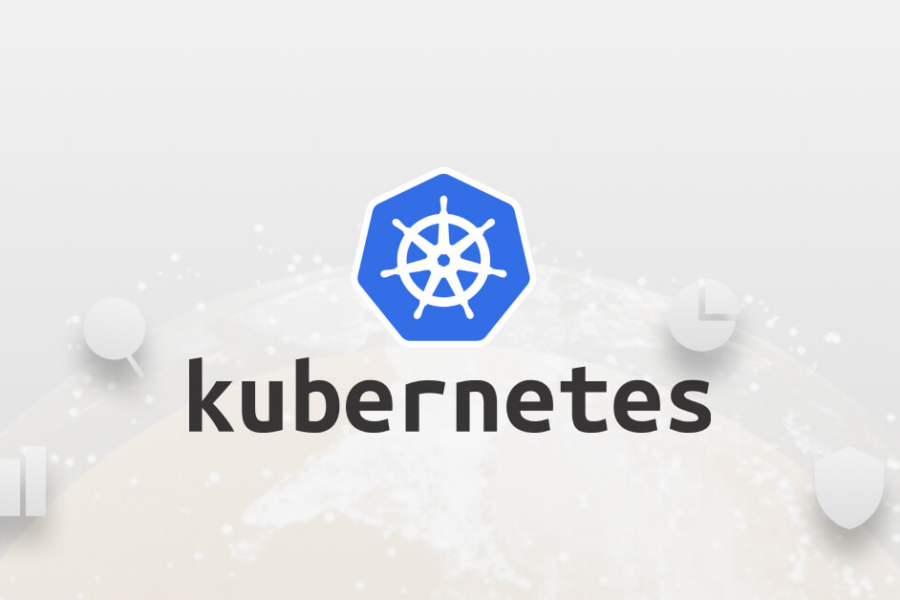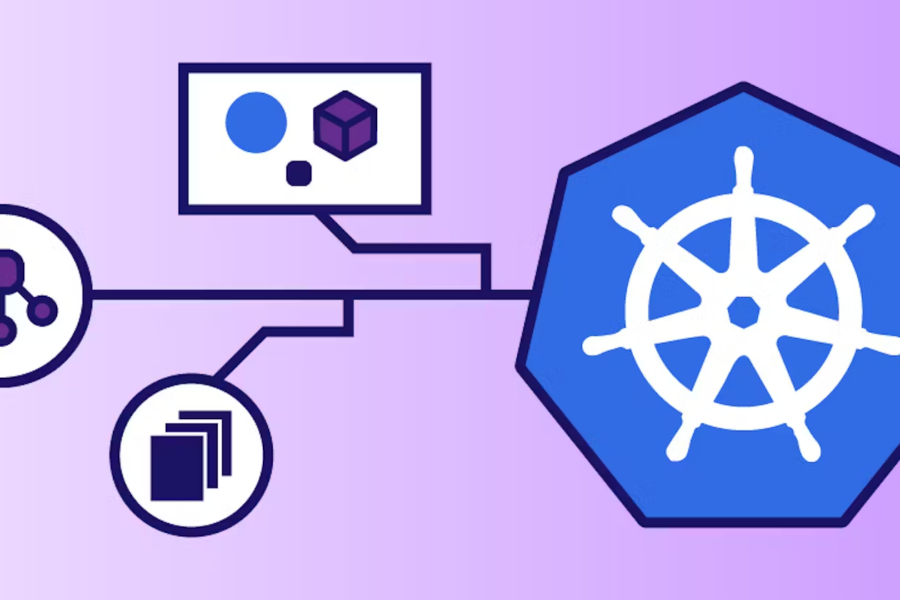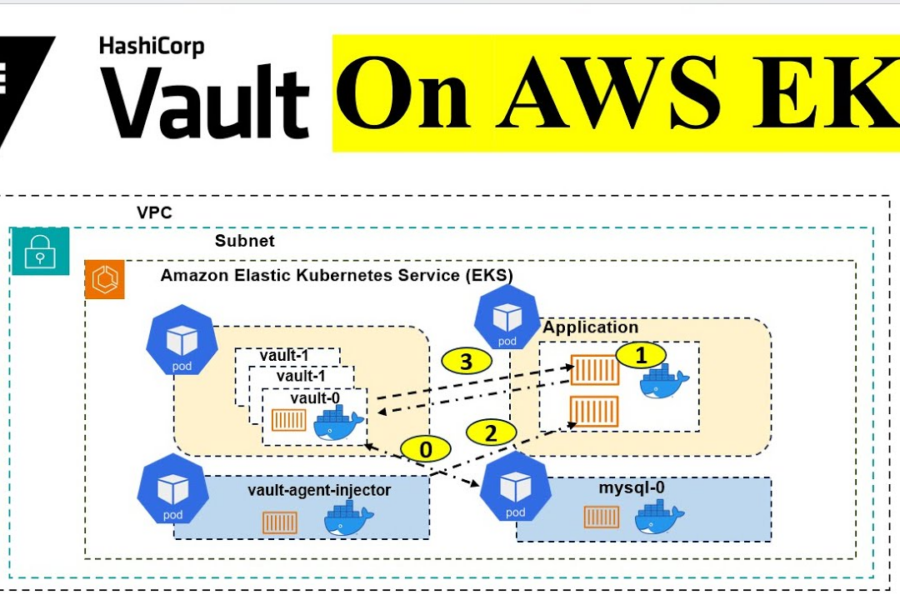
Platform Aware Scheduling: Making Smarter Kubernetes Decisions
Platform Aware Scheduling (PAS) is a powerful tool for optimizing workload placement in Kubernetes clusters. It empowers the Kubernetes scheduler to make intelligent decisions by incorporating platform-specific attributes. What is Platform Aware Scheduling? PAS is a collection of projects designed to expose platform data to the Kubernetes scheduler. This data can then be used to…

Streamline Operations: Powerful Kubernetes Logging Strategies for Improved Visibility
Introduction In the realm of microservices and containerized applications, efficient management and monitoring of application health and performance are paramount. Kubernetes, an open-source system for automating deployment, scaling, and management of containerized applications, has emerged as the go-to solution for businesses seeking agility and resilience. However, managing logs in Kubernetes remains a significant hurdle due…

Pred8tor: Your Go-To Tool for Kubernetes Object Expiry
Managing a Kubernetes cluster can be an arduous task, especially when it comes to keeping your environment clean and clutter-free. Over time, obsolete Kubernetes objects like pods, services, and deployments accumulate, which can lead to inefficiencies and potential performance issues. Pred8tor, an innovative open-source tool, addresses this challenge by automating the cleanup of expired Kubernetes…

The Path Ahead: Leveraging KEDA for Performance Transformation
Introduction: Embracing Innovation in IT In today’s ever-evolving IT landscape, staying ahead of the curve is essential for driving operational excellence and delivering exceptional user experiences. As technology continues to advance at a rapid pace, businesses are increasingly seeking innovative solutions to optimize their data processing infrastructure. In this pursuit, the integration of Kubernetes Event-Driven…

Scale Without Limits: Unveiling ScyllaDB’s New Tablets Architecture
REGISTER NOW for the webinar on June 27th! Are you struggling to manage unpredictable traffic spikes in your database? Do you crave a more operationally simple and efficient solution? Then you won’t want to miss ScyllaDB’s upcoming webinar, ScyllaDB Fast Forward: True Elastic Scale. What You’ll Learn: This webinar will delve into ScyllaDB’s latest innovation:…
Unlocking the Power of Kubernetes Backups with K8up
Kubernetes has become the go-to platform for deploying containerized applications. As its usage grows, the need for robust backup solutions becomes even more critical. This guide introduces K8up, a Kubernetes Operator designed to streamline backups for Persistent Volumes (PVCs) and applications. We’ll delve into K8up’s architecture, installation, and explore its functionalities through code examples. K8up’s…

AI in DevOps: A New Era of Software Development
Date : June 19Time : 11.00 am ET The pressure on DevOps and software teams to deliver innovative, high-quality software at a faster pace is greater than ever before. The advent of AI/ML and generative AI is transforming the software development lifecycle, from AI-augmented code copilots to enhanced software quality and testing, to embedding DevSecOps…

Don’t Let Your Users Disconnect! Achieve True Zero-Downtime with Kubernetes
This article dives into achieving true zero-downtime deployments in Kubernetes, specifically focusing on avoiding disruptions during rolling updates that can lead to broken client connections. The Challenge: Rolling Updates and Downtime While Kubernetes offers rolling updates for seamless application upgrades, these updates can introduce brief downtime windows. This downtime, measured in microseconds to seconds, might…

Seamless Cloud Management: Hands-On Labs with Azure and Pulumi
Date : June 20Time : 9.30 pm GMT+5.30 Platform engineering has emerged as a vital practice for organizations with sizable engineering teams, typically those with 50 or more engineers. As a natural extension of DevOps at scale, effective platform engineering provides the tools and infrastructure necessary to empower developers and development teams with self-service capabilities….

Secure Your Kubernetes Secrets with HashiCorp Vault on AWS EKS
Calling all container security enthusiasts! This episode of Containers from the Couch dives into the world of securing Kubernetes secrets using HashiCorp Vault and AWS EKS. Join our HashiCorp experts for an in-depth exploration of how Vault simplifies the management of your most sensitive data. Why Secure Your Kubernetes Secrets? In a containerized world, secrets…
